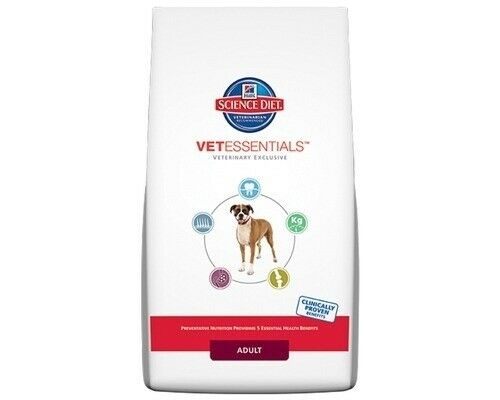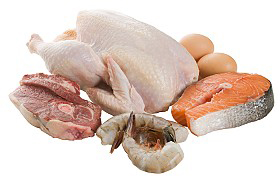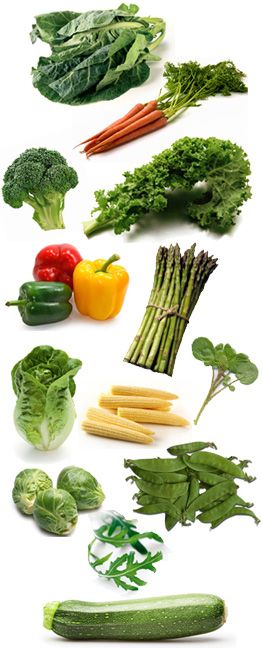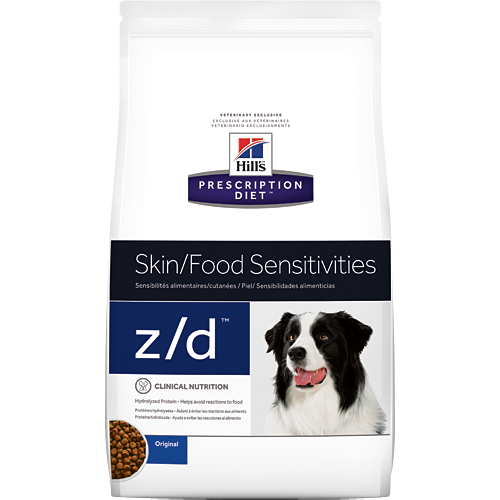Posted on 07 Jan 2022 in Cats, Dental, Disease, Obesity, Nutrition, Dogs
What should you feed your pet?
Deciding what to feed your pet can be a daunting task.
Many pet food companies include marketing images and phrases that are designed to appeal to pet owners but provide little nutritional information - for example the terms ‘holistic’ and ‘premium’ are unregulated terms that any pet food company can use, they do not have any bearing on the nutritional content of the food. ‘Natural’ just means that the ingredients are obtained from the source material eg vegetable or animal, ingredients can still be processed but not chemically synthesised.
Raw diets, homemade diets, and grain free diets are becoming increasingly popular with pet owners who are trying to give their pet the best nutrition, but are they actually a healthy option for your pet?
There is no single ‘right’ way to feed your pet, but it is essential to make sure that your pet’s nutritional needs are being met, and that the food you are feeding is safe.
Nutritional needs, what to look for on a label
Foods should be labelled to indicate if they provide a complete and balanced diet with all the required nutrients. The Association of American Feed control officials (AAFCO) and the European Pet Food Industry Federation (FEDIAF) provide pet food manufacturers with recommended nutrient levels for different life-stages (growth, reproduction and adult) for healthy dogs and cats. If you feed a food that meets these requirements (as stated on the label), you can be confident that your pet is getting the minimum nutrient levels for their life-stage in their diet.
Puppies and kittens have different nutritional needs to adult pets. Foods that are labelled “for all life-stages” may not provide the optimal nutrition for your pet.
Large breed puppies (>25kg adult weight) have different nutritional requirements to smaller breed puppies and should be fed a specific large breed puppy food.
Dry food and/or wet pet food (tins/sachets/rolls) from reputable pet food manufacturers

Commercially prepared pet foods from reputable pet food companies provide adequate nutrition, consistency, quality and safety. They are a convenient and cost-effective way to feed your pet and make sure that their nutritional requirements are met. Some pet food companies also conduct or sponsor nutritional research indicating a commitment to animal health. There is no such thing as ‘fillers’ in pet foods. Fillers are thought to be low-quality ingredients listed as carbohydrate or starch sources in pet foods. It is thought that they offer little nutritional value and are present only the bring costs down. There is no scientific evidence of this, but there is evidence that carbohydrate sources can deliver nutrients that can be easily utilised by pets and form part of a nutritious diet.
Foods are available for animals with health conditions as well as for healthy pets. Speak to your vet about the best option for your pet.
Home-prepared foods

Some owners like to prepare some or all of their pet’s meal themselves. As dogs and cats have different nutritional needs to people, home prepared-diets require a thorough understanding of the specific nutritional needs of cats and/or dogs. It is definitely possible to prepare a nutritionally balanced meal, but it almost always requires the addition of specific vitamin and mineral supplements.
The benefits of a properly formulated home-made diet are that an appetising, nutritionally balanced meal that is specific to the needs of your pet can be fed. It can be particularly helpful if a pet has multiple health conditions and their nutritional needs cannot be met by a commercial food. However, a home-made diet that is not properly formulated can cause health problems for your pet. It can take a significant amount of time for dietary deficiencies to start to cause obvious signs of illness, and by that stage it may be irreversible.
If you feed your dog or cat a home prepared diet, we strongly recommend consultation with a veterinary nutritionist with a PhD in Animal Nutrition, or a veterinarian with a specialist qualification in Veterinary Nutrition. Remote consultations with a veterinary nutritionist interstate can be organised and they can formulate a recipe suitable for your pet.
Foods that are toxic to pets and must be avoided include – onions and garlic, grapes and raisins, macadamia nuts, and chocolate.
Raw-food diets

Raw diets predominately comprise uncooked ingredients and can include home-prepared meals, commercially manufactured fresh, frozen, or freeze-dried food, and whole animal carcasses.
There is currently insufficient scientific evidence confirming many of the suggested benefits of raw diets, and there are potentially some risks.
Bones could be beneficial for dental calculus but there is no evidence that they improve oral health, and both raw and cooked bones can pose a risk of dental fractures and gastrointestinal obstructions.
Some people claim that raw diets are better for dogs because wolves eat raw diets, and so they are more appropriate for dogs than processed dry or tinned foods. A study has shown that over the many years of dog domestication, dog’s digestive systems have adapted to live as companions and their dietary needs have changed. Unlike wolves, domesticated dogs can readily digest carbohydrates. Studies have also shown that cats can utilize carbohydrates, but to a lesser extent than dogs. The typical lifespan of wolves is also shorter than that of domesticated dogs which is not consistent with a significant benefit of a raw diet.
There is no scientific evidence to support that animals on raw diets have less skin problems, improved immunity, improved behaviour or energy levels, or reduced body odour.
Some commercial producers of raw diets make products that are labelled as suitable for all life stages, but any recipe should be specifically formulated for the life stage of your pet because nutritional needs differ at different stages of life.
There are risks of infections causing illness in both pets and their owners (especially if they are young, old or immunosuppressed) from pathogens that may be present in raw food, including multi-drug resistant bacteria. Some pathogens that can be found in raw food include:
- -Salmonella (especially from raw chicken).
- -E.Coli (a study found that E.Coli was present in 60% of raw diets tested – both home-made and commercially produced, human deaths have been reported from handling raw dog food contaminated with E.Coli).
- -Campylobacter jejuni (commonly present in raw chicken and can trigger a serious neurological condition in dogs).
- -Toxoplasma gondii (more common in cats fed a raw food diet and it is especially dangerous for pregnant women and immunosuppressed people).
- -Listeria (can cause a range of symptoms in humans from mild disease to fatal meningitis).
- And there are multiple other pathogens that have been found in raw diets.
Although the incidence of disease from these pathogens when a raw diet is fed is not high, they can be extremely serious when they do occur, and owners who choose to feed a raw diet should take adequate precautions to reduce this risk. Risks arise not only from the handling of the raw product but also from handling the pet. Freezing does not eliminate all pathogens that may be harmful and does not guarantee food safety, as is commonly thought.
There are some ingredients that have other specific concerns eg. Raw egg contains avidin which can result in protein deficiency, raw fish contains thiaminase which can cause protein deficiency, liver fed in large quantities can cause disease due to excessive levels of vitamin A.
Animals that have health conditions that compromise their immune system, should not be fed a raw diet.
If you choose to feed a home-made raw diet, the recipe should be formulated by an appropriately qualified animal nutritionist.
Grain-free diets
Grain-free diets have recently been promoted by some pet food companies, but they may pose a risk to your dog. Over the past few years veterinary cardiologists have noticed an increase in the number of dogs with a heart condition called dilated cardiomyopathy (DCM) in breeds without a known genetic predisposition to this disease. When further investigated it was found that a high percentage of these dogs were on a grain-free food, and most of these were on diets that contained peas and/or lentils. While we still don’t know exactly why this is happening in some dogs, if you feed a grain-free diet, your dog should be closely monitored by a veterinarian for any signs of heart disease.
We see a lot of skin problems in Darwin and we frequently have pet owners that have moved to a grain-free diet thinking that it was less likely to cause a food allergy in dogs. Most dogs with food allergies react to a protein source, not a carbohydrate, and while a wheat allergy is possible, allergies to proteins like beef or chicken are more common. If you think your pet may have a food allergy your vet can recommend an appropriate diet for an elimination trial to investigate this. There are also foods available with ingredients that can help improve the skin barrier in pets which can be useful in the management of some skin conditions.

This article has been published in the Top End Tri Services Magazine

